1.What is the “Male Gaze”?
The male gaze is a socio-cultural phenomenon defined by the fact that women are the second sex to be looked at, while men enjoy voyeuristic pleasures through various media and channels and become the first sex to watch and gaze.
Women are the second sex to be seen, while men enjoy voyeuristic pleasures through various media and channels, becoming the first sex to watch and gaze. Many theorists have pointed out in their discussion of the “gaze” that the “male gaze” is often “naturalized” to make it the dominant act of viewing.
In the traditional Chinese model of power and division of labor, women are in a position of absolute vulnerability, while men sit in positions of fame, profit, and power, “gazing” at women from a critical, top-down perspective. Social norms have also framed and normalized this relationship of gazing and being gazed at, and have developed elaborate and numerous “verbal teachings” that limit women’s line of sight and scope of vision, while encouraging men’s powerful postures.
According to feminist theory, based on the shaping of social and cultural practices and traditions of biological sex, society, through a set of values, institutional norms and cultural practices, places differentiated role expectations and demands on men and women. On this basis, when women show some kind of “behavioral deviation”, they are “naturally” “stared at”, and strong pressure is exerted on them from the outside in.
In the 1960s and 1970s, French scholar Michel Foucault proposed the theory of the “gaze” in his books Madness and Civilization: A History of Madness in the Age of Reason, The Birth of Clinical Medicine, and Discipline and Punish: The Birth of Prison.
British scholar John Berger’s 1972 book The Way of Seeing mentions that the “ideal” viewer in the way people see is usually a man, and the image of a woman is used to please men.
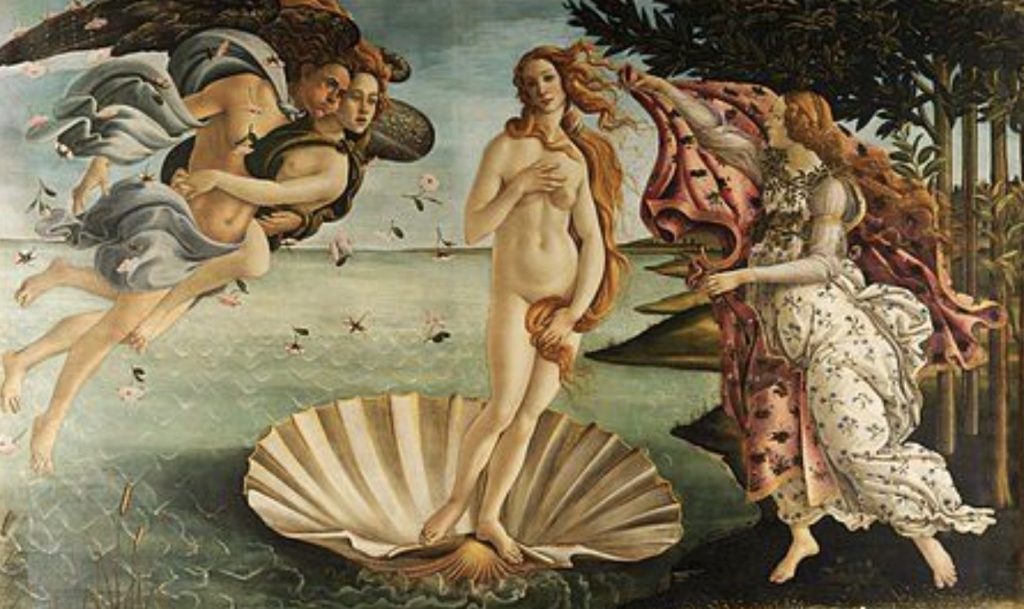
2.The male gaze in movies quietly affects the world
Recently, I watched a documentary, Brainwashed Images: Sex, Camera and Power, which gave me a glimpse of the hidden world of men’s power behind the colorful big screen from a woman’s point of view.
The film is largely based on female director Nina Menkes’ film talk, Sex and Power: The Visual Language of Cinema, supplemented by interviews with professionals and parsing of over 80 film clips.
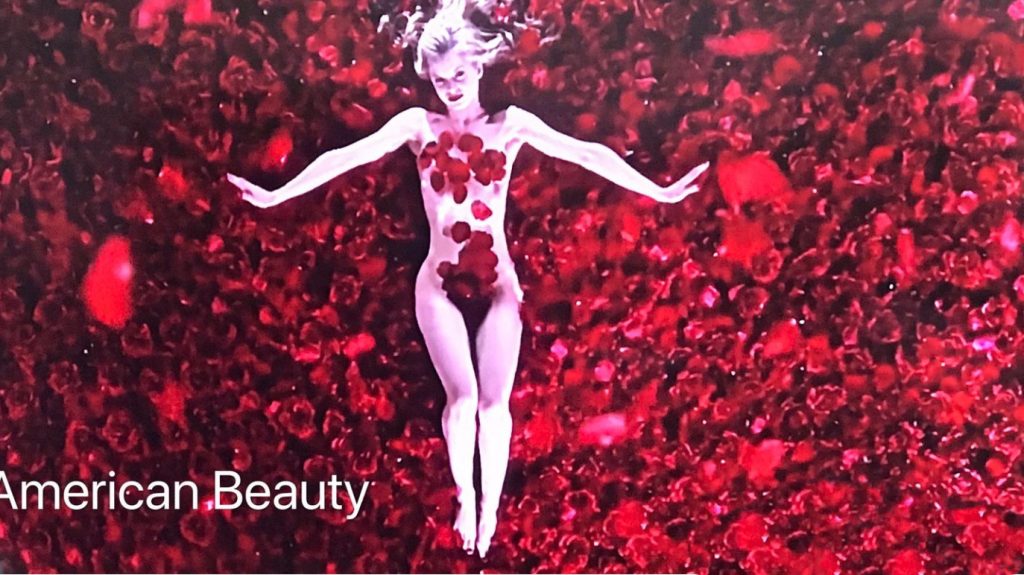
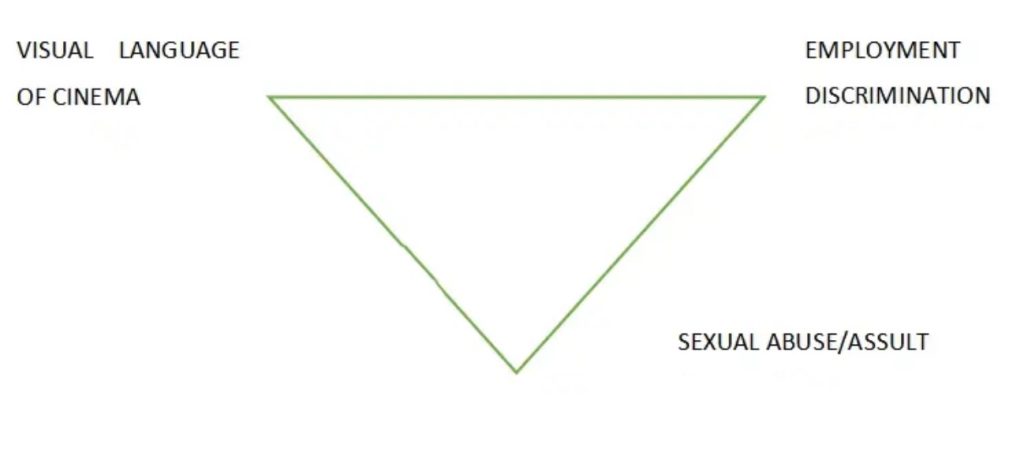
The movie is about the connection between everything from the visual language of gendered movies to Hollywood employment discrimination and the culture of sexual assault, which forms a solid and sad triangle.
In movies or in reality, sexual assault is viewed as unusual and unimportant, and is often characterized by 3 things:
1st, objectification of the female body. Weakening or avoiding the hurt and feelings of sexually assaulted women.
2nd, the glorification of sexual assault. For example, the rationalization of the assault, the assumption that the other person was actually willing, or the stigmatization of the other person.
Another example is the violent sexual assaults committed on screen while accompanied by lyrical and soft music to hide the nature of the violence, highlight the false face of romance, and glorify the viewing experience.
3rd, the neglect of women’s rights and safety. Even if no one is actually threatened or harmed when the movie is made, it creates environmental factors that allow one group of people to override another.
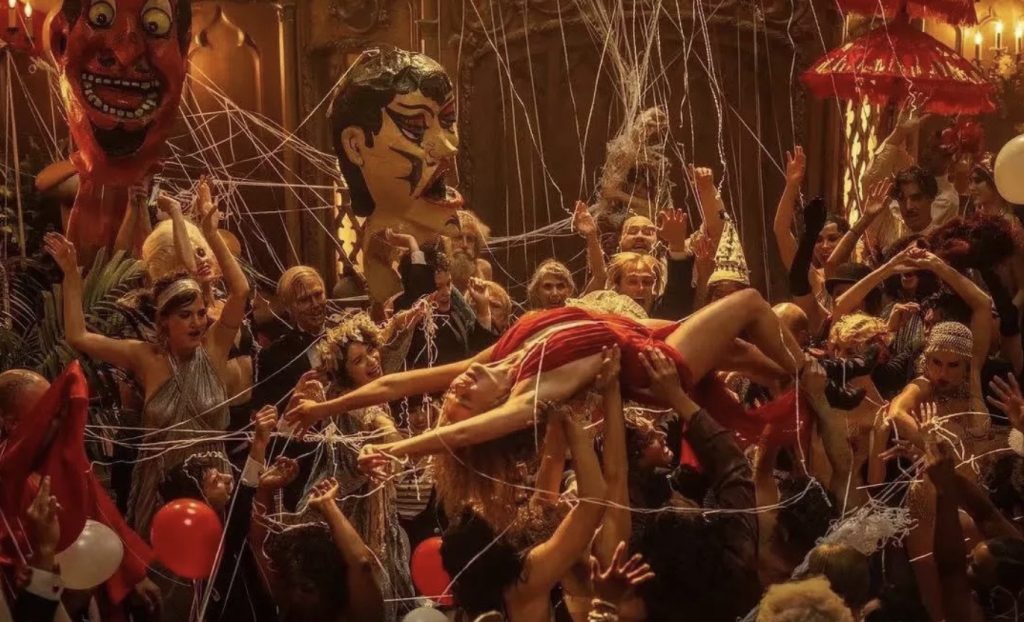
3.The Culture of Sexual Assault
As you can learn from the ME TOO movement, 94% of women in Hollywood have been sexually harassed, not only by actresses, but also by women in other jobs in the industry.
Interviewees for the documentary say that there is a power relationship that exists in the minds of people in the industry.
The belief is that an actor’s body, both in and out of character, is taken as it is. This mindset is already part of the perception model within the industry, and if the person disputes it, they are ostracized or discouraged as a troublemakertrouble maker.
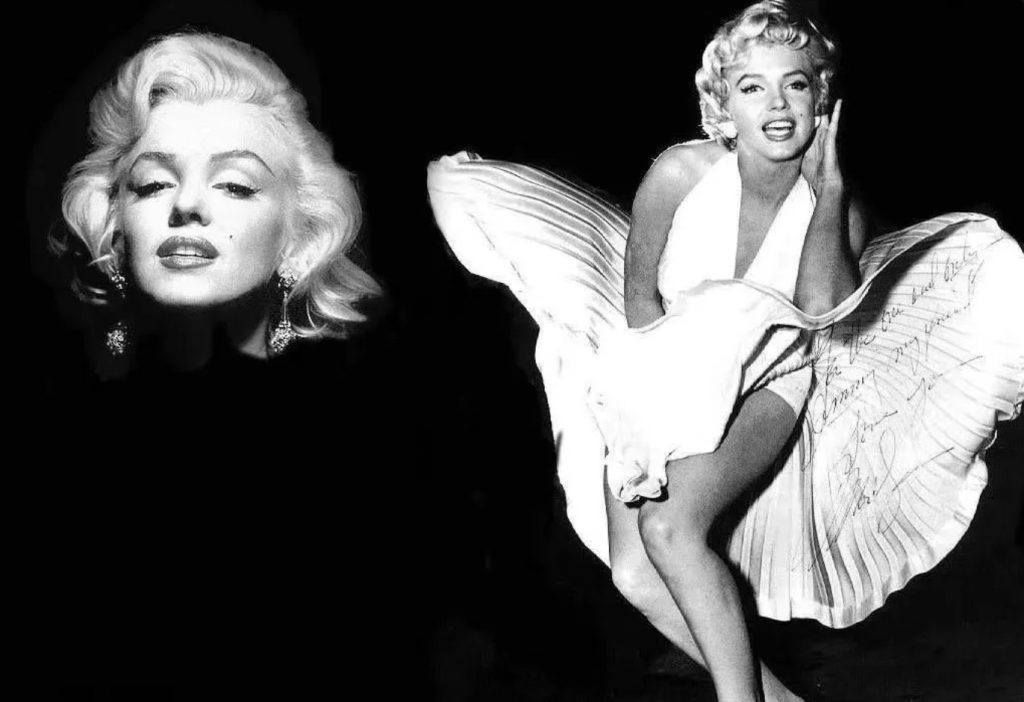
reference
2023-05-12https://baike.baidu.com/item/男性凝视/17046278?fr=ge_ala
2023-06-11 10:50https://zhuanlan.zhihu.com/p/636288416


Hi! Firstly, let me say I really like your selection of cover images! I’m fascinated by the history of painting and sculpture and was delighted to see you make the link to the male gaze. It is true that in the history of European painting, there were many painters who loved to paint females, especially nudes, to show their voluptuousness. Yet in displaying beauty, this subconsciously changes people’s minds. Men always expect women to have perfect body proportions, and women are unable to see their bodies as naturally naked when they look in the mirror but rather as less-than-perfect naked statues. This makes it particularly important to spread modern feminist education, such as the fact that all body shapes are pretty as long as they are healthy. What do you think?